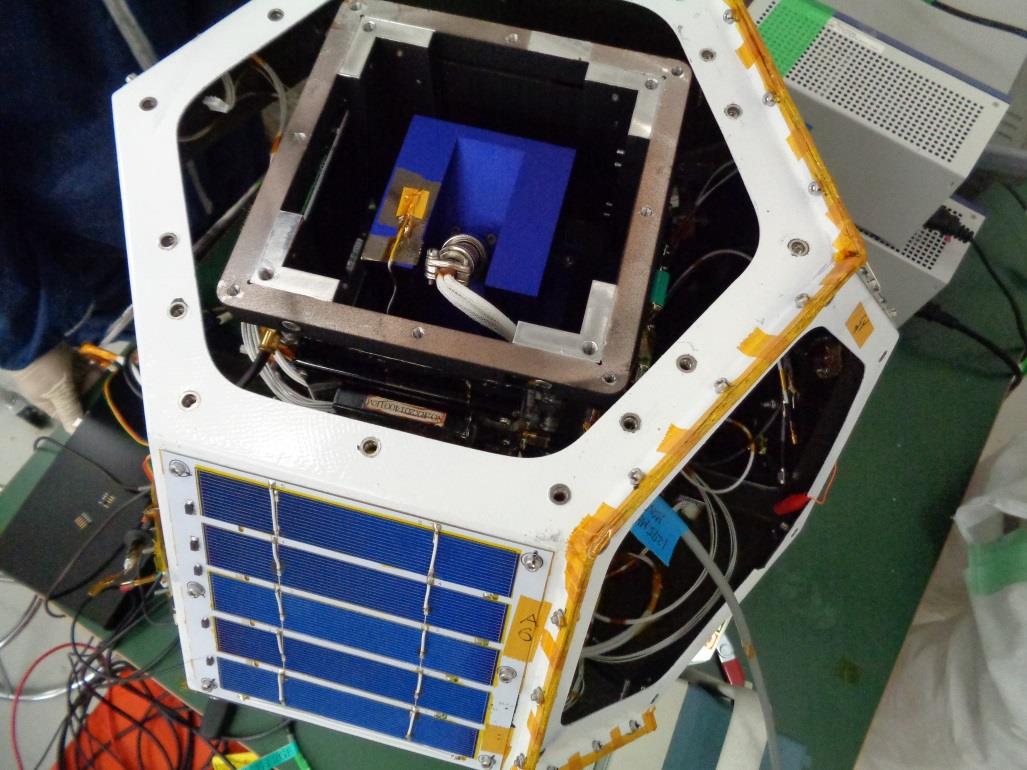Japan and NASA Johnson Space Center To Develop Sophisticated Radiation Level Measurement Instrument
While the Earth’s atmosphere acts as a shield for human cells and tissue against harmful radiation, understanding and measuring how the human body reacts to various radiation levels beyond the Earth’s protective reach is critical to the next phase of space exploration. In an effort to assess the risk of radiation exposure to astronauts on long duration human expedition missions, Prairie View A&M University’s Research Team in collaboration with the NASA Johnson Space Center and other partners developed a radiation detection system for the Kyushu Institute of Technology (KIT) Japan. This project at Prairie View A&M University is part of the Chancellor’s Research Initiative at The Texas A&M University System. The Radiation Particle Pixel Detector for Deep Space Exploration (PPD) system recently launched aboard the Shinen2 spacecraft as part of the Hayabusa2 Asteroid Explorer mission spearheaded by the Japan Aerospace Exploration Agency (JAXA).
“This exciting project is a perfect illustration of why we are committed to the overarching Research Initiative throughout the Texas A&M University System,” said Chancellor John Sharp. “The results of the PPD mission could have lasting implications for the future of space exploration and we salute Prairie View A&M University and their national and international partners.”
“The success of the PPD project is the result of cooperative research among the disciplines of physics, chemistry, biology, engineering and medicine. Our detection system is designed to thoroughly anticipate the needs of intergalactic travel involving humans. The development of this type of device is essential as NASA and other agencies look for different ways to capitalize on technology and the capabilities of computer modeling in order to gain broader insight into human and equipment safety during extended space missions, “explained Dr. George C. Wright, President, Prairie View A&M University.
The researcher partners were also recently commended by JAXA as having designed their radiation detection system in the most cost effective manner in the shortest amount of time while utilizing materials that produced a device within the weight and power limitations imposed by launch and space flight.

